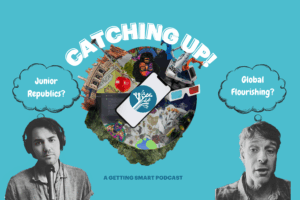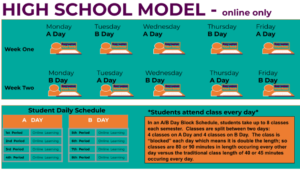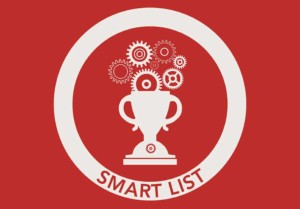Blended Learning & Community Based Organizations
The After School Corporation and the Department of Education co-hosted an interesting conversation about how Community Based Organizations (CBO) can leverage blended learning.
Blended learning is a shift to an online instructional environment for at least a portion of the day to boost student learning and improve operating productivity.
Michael Ribbons and Karen Cator (USED) wrote a background paper for the session with help from Bill Tucker (EdSector). They pointed out a variety of ways that online learning could enhance program offerings of CBOs that seek to improve student learning: better curriculum, stronger engagement, more frequent assessment, and less expensive staffing models. Blending online and onsite learning is clearly an important opportunity to make out-of-school learning more productive.
There are five ways a CBO can be increase involvement in and receive reimbursement from the formal public education system:
1. CBO charter: a CBO launches a blended charter. This is the most difficult and expensive. It takes several years, requires specific expertise in charter development and online learning, and may cost $1 million.
2. CBO partners charter: a CBO works with an online provider to start a blended charter. The national online learning providers are likely to provide planning, preopening, and ramp up support. In this model, the CBO could add application (e.g., field trips), make community connections, and provide youth and family services.
3. Buy Time: a school uses blended learning to stretch the day and year and save enough money to engage a CBO to provide extended learning time. By leveraging online learning, an average spend of $10k should buy a 200 day year with a 7 hour day with CBO enhanced richness and support.
4. Virtual blend: a CBO can support a group of students enrolled in a virtual school. A growing number of parent coops are extending the social interaction and supports associated with virtual schools. A CBO could take this to the next level with youth and family services, extracurricular activities, and community connections.
5. Big blend: now that there are a couple national online learning providers with a lot of capacity and a handful of scaled youth service providers, we could extend the idea of virtual blends (#4) and imagine national extended time learning partnerships. Imagine a 100 participating Boy’s & Girls Clubs that provide services to virtual school students.
Higher academic standards and the need to boost college preparation rates means that most US students need more productive academic time—maybe as much as twice as much. Community based organizations and new learning technologies will be part of the quest for more and better learning time. That’s why I appreciate TASC and ED leadership on this topic.








James Fullerton
Nicely done. Just spreading the news that Cavaedium.org is a start up CBO in Allentown, PA, 2012, with a virtual blend business model incorporating elements of partnership with an online provider. Grounded in project-based learning, we will be providing youth and family services to academically at-risk students on the cusp of dropping out of public education.